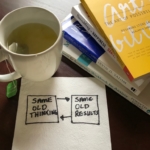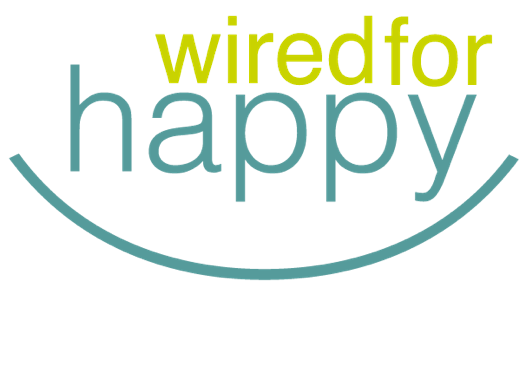 A secret to feeling relaxed also happens to be one of the simplest techniques for improving mental health. In fact, you’re doing it right now. But are you doing it right?
A secret to feeling relaxed also happens to be one of the simplest techniques for improving mental health. In fact, you’re doing it right now. But are you doing it right?
Whether you have occasional worries or full-blown anxiety attacks, deep-breathing is a must-have for optimal physical health and emotional well-being.
Why is deep-breathing so vital? In addition to helping you stay calm and avoid knee-jerk reactions, breathing is your best defense against panic attacks. If you’ve ever suffered panic attacks, you know how scary the experience can be. Maybe you thought you were having a heart attack, or worse—felt like you were knocking on death’s door.
According to a study published by the Journal of Emergency Medicine, 30% of patients who seek treatment at emergency rooms with complaints of chest pain (and no evidence of coronary artery disease) suffer from panic disorder.
Second, calm is an inside job.
When we’re stressed out, we tend to over-breathe (rapid, shallow breaths that resemble panting), a culprit in panic reactions, or under-breathe (hold our breath) which can cause dizziness or hyperventilation. Studies show that deep breathing increases brain functioning, soothes the nervous system, cleanses the lungs, and promotes quality sleep. Win-win!
Caveat: Please don’t do like my teens in therapy and roll your eyes at the almighty breath. A common pitfall is believing that it doesn’t help, or it’s not effective since you do it all the time without so much as a second thought. There’s a difference between breathing on autopilot compared to slow, deep intentional breathing to take a “brain break.”
Belly-breathing
Sit with your eyes closed and turn your attention to your breathing. Breathe naturally, preferably through the nostrils, without attempting to control your breath.
Be aware of the sensation of the breath as it enters and leaves the nostrils.
Step one: Place one hand on your belly, and the other on your chest. Take a deep breath for a count of four. Hold your breath for a count of three. Exhale for a count of four. The hand on your chest should remain relatively still, while the hand on your belly rises gently upward. Contract your abdominal muscles to exhale, breathing out through your mouth.
Step two: Concentrate on your breath and forget everything else. Your mind may be busy, and you may feel that this exercise is making your mind busier, but the reality is you’re becoming more aware of your mind’s busy state.
Step three: Resist the temptation to follow the different thoughts as they arise, and focus on the sensation of the breath. If you discover that your mind has wandered and is following your thoughts, immediately return it to the breath.
Step four: Repeat this as many times as necessary until your mind settles on the breath.
One Minute Breathing
Start by breathing in and out slowly to notice your natural breathing rhythm. Let the breath flow in and out effortlessly, as you prepare your lungs for deeper breaths.
article continues after advertisement
Step one: Inhale for a count of four.
Step two: Hold for a count of seven (if you feel dizzy, hold for four until you build up to seven).
Step three: Exhale for a count of eight.
Step four: Repeat four times.
Alternate Nostril Breathing
Step one: Use your right thumb to close off your right nostril.
Step two: Inhale slowly through your left nostril.
Step three: Pause for a count of one.
Step four: Now close your left nostril with your ring finger and release your thumb off your right nostril.
Step five: Exhale through your right nostril.
Step six: Now, inhale through your right nostril.
Step seven: Pause for a count of one.
Step eight: Close off your right nostril with your right thumb.
article continues after advertisement
Step nine: Breathe out through your left nostril.
Step ten: Start slowly with 1 or 2 sets and gradually increase. Sit quietly for a few moments after you have finished.
*Bonus: Click here for immediate access to a relaxing breathing meditation (Mp3).
Besides developing a wonderful, calming habit, intentional focus on deep-breathing means starting the day in a mindful state. Remember, anxiety loathes action, so stay three steps ahead by inhaling the good, and exhaling the bad.
*****
Please share this resource with someone who could benefit from a walk on the calm side.
 Did you know…I share 60-second #MindfulMonday tips on Instagram? Yup. Because sometimes all you need is a little motivation to start the week off right. Connect with me here!
Did you know…I share 60-second #MindfulMonday tips on Instagram? Yup. Because sometimes all you need is a little motivation to start the week off right. Connect with me here!
Yours in deep-breathing,
—Linda Esposito
*****








